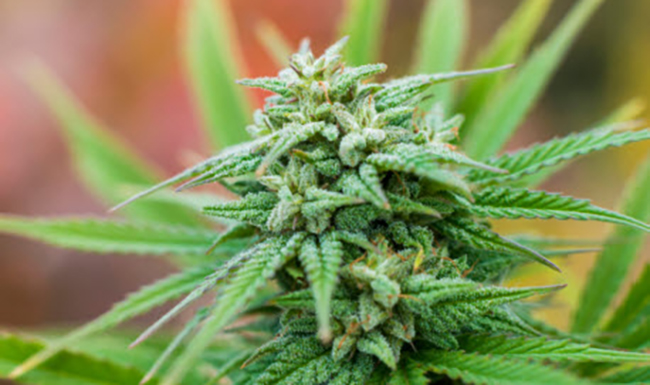 Marijuana is the product of the hemp plant, Cannabis sativa, containing the psychoactive chemical delta-9-tetrahydrocannabinol (THC). Despite its illegal status, the drug reigns as America’s favorite and most commonly detected illicit drug.
Marijuana is the product of the hemp plant, Cannabis sativa, containing the psychoactive chemical delta-9-tetrahydrocannabinol (THC). Despite its illegal status, the drug reigns as America’s favorite and most commonly detected illicit drug.
Since the 1920s, marijuana has been the subject of myths and propaganda while also being glamorized by pop culture, movies, and television. Attitudes relaxed in the 1960s and the drug gained popularity among the upper middle class and with counter-culture movements like Woodstock. Experimentation and widespread marijuana use followed. Thirty years later, voters passed Proposition 215 in 1996 and California became the first state to allow the medical use of marijuana. After the 2018 midterms, 32 states and the District of Columbia have some version of marijuana legislation despite that the drug remains a Schedule I Controlled Substance under Federal law.
Marijuana positivity continues to trend upward. The latest Quest Diagnostics Drug Testing Index™ data indicates that marijuana continued its five-year upward trajectory in urine testing for both the general U.S. workforce and the federally-mandated, safety-sensitive workforce. Marijuana positivity increased four percent in the general U.S. workforce (2.5% in 2016 versus 2.6% in 2017) and nearly eight percent in the safety-sensitive workforce (0.78% versus 0.84%).
Quest has also been analyzing data for several years in states that have passed medical and recreational marijuana use statutes. “Increases in positivity rates for marijuana in the general U.S. workforce were most striking in states that have enacted recreational use statues since 2016. Those states include: Nevada (43%), Massachusetts (14%) and California (11%). These three states also saw significant increases in marijuana positivity in federally-mandated, safety-sensitive workers: Nevada (39%), California (20%), and Massachusetts (11%),” said Barry Sample, PhD, Senior Director of Science and Technology, Quest Diagnostics.
It’s not surprising some employers report difficulty in finding job applicants who can pass a drug test. The latest data from the National Survey on Drug Use and Health for Americans aged 12 or older tell us:
- An estimated 26 million people currently use marijuana.
- Approximately 3 million people used marijuana for the first time in the past 12 months.
- Marijuana comprised the most common substance use disorder, impacting an estimated 4.1 million people.
As marijuana use increases in our society, drug testing continues to be an important tool for employers to maintain a safe, drug-free workplace. Additionally, oral fluid testing has proven effective in detecting recent drug use of marijuana.
To learn more about drug testing for marijuana, visit our website.
 Your Privacy Choices
|
Privacy Notices
|
Terms
|
Language Assistance / Non-Discrimination Notice | Asistencia de Idiomas / Aviso de no Discriminación | 語言協助 / 不䈚視通知
Your Privacy Choices
|
Privacy Notices
|
Terms
|
Language Assistance / Non-Discrimination Notice | Asistencia de Idiomas / Aviso de no Discriminación | 語言協助 / 不䈚視通知

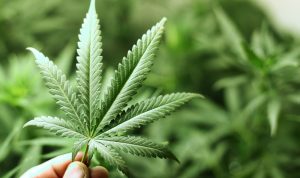


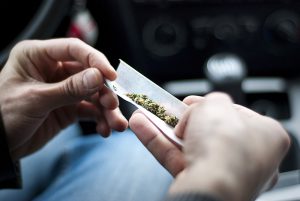
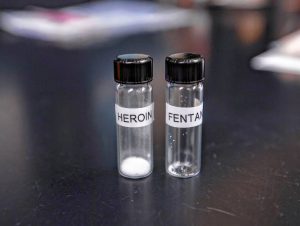


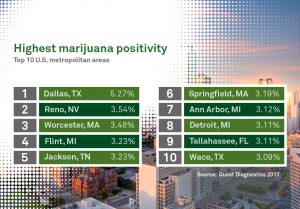




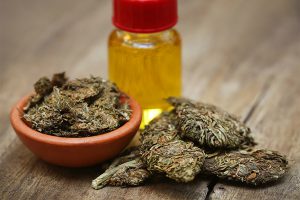





Since the 1920s, marijuana has been the subject of myths and propaganda while also being glamorized by pop culture, movies, and television. Attitudes relaxed in the 1960s and the drug gained popularity among the upper middle class and with counter-culture movements like Woodstock. Experimentation and widespread marijuana use followed. Thirty years later, voters passed Proposition 215 in 1996 and California became the first state to allow the medical use of marijuana. After the 2018 midterms, 32 states and the District of Columbia have some version of marijuana legislation despite that the drug remains a Schedule I Controlled Substance under Federal law.
Marijuana positivity continues to trend upward. The latest Quest Diagnostics Drug Testing Index™ data indicates that marijuana continued its five-year upward trajectory in urine testing for both the general U.S. workforce and the federally-mandated, safety-sensitive workforce. Marijuana positivity increased four percent in the general U.S. workforce (2.5% in 2016 versus 2.6% in 2017) and nearly eight percent in the safety-sensitive workforce (0.78% versus 0.84%).
Quest has also been analyzing data for several years in states that have passed medical and recreational marijuana use statutes. “Increases in positivity rates for marijuana in the general U.S. workforce were most striking in states that have enacted recreational use statues since 2016. Those states include: Nevada (43%), Massachusetts (14%) and California (11%). These three states also saw significant increases in marijuana positivity in federally-mandated, safety-sensitive workers: Nevada (39%), California (20%), and Massachusetts (11%),” said Barry Sample, PhD, Senior Director of Science and Technology, Quest Diagnostics.
It’s not surprising some employers report difficulty in finding job applicants who can pass a drug test. The latest data from the National Survey on Drug Use and Health for Americans aged 12 or older tell us:
As marijuana use increases in our society, drug testing continues to be an important tool for employers to maintain a safe, drug-free workplace. Additionally, oral fluid testing has proven effective in detecting recent drug use of marijuana.
To learn more about drug testing for marijuana, visit our website.